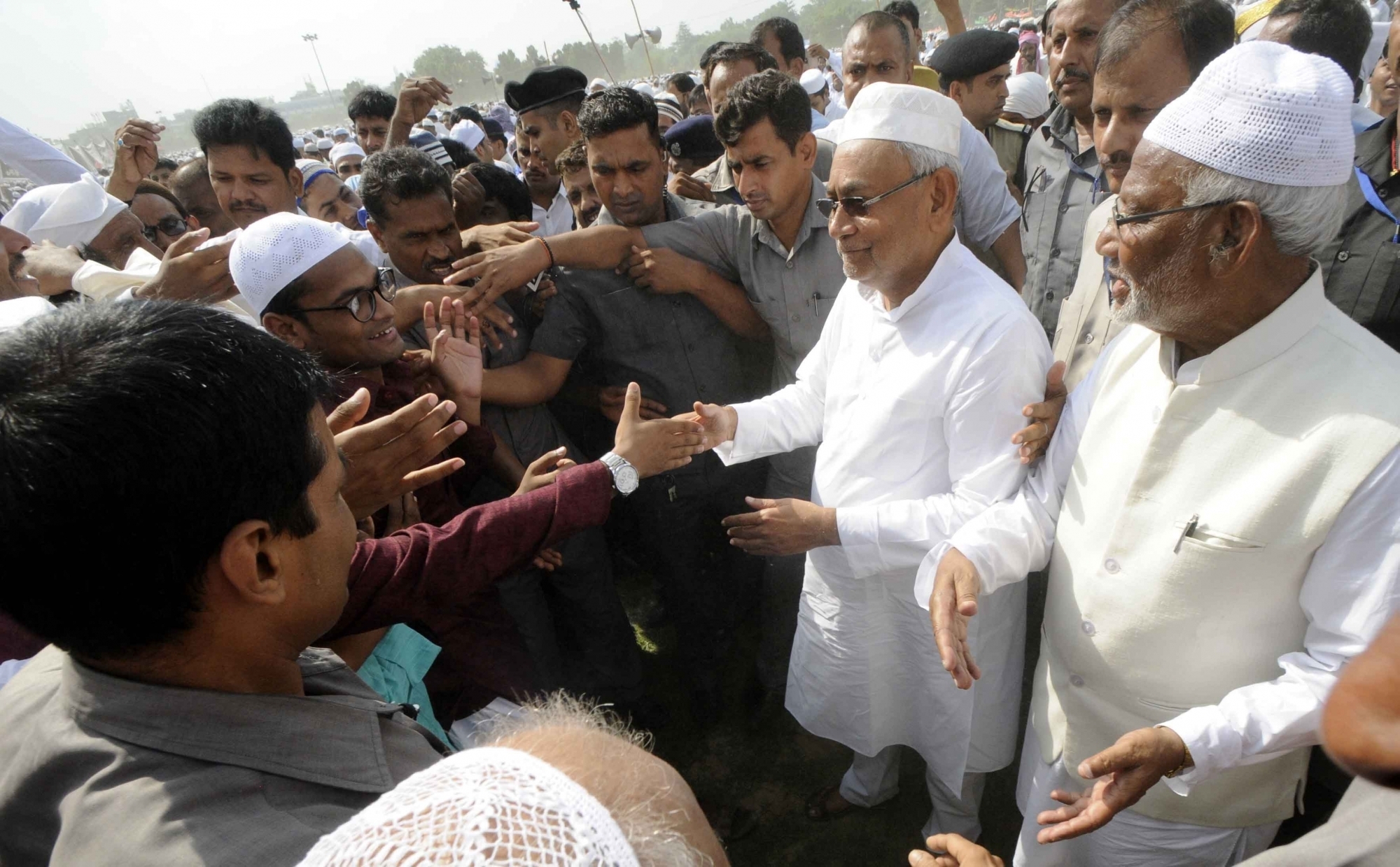Patna, Oct 10 (IANS) Even as the leaders of the ruling NDA in Bihar and the Grand Alliance claim that development is the key plank in the upcoming Assembly elections, the caste factor, however, has always been there and the strategy of all the parties hovers around this factor. The political parties have always been selecting candidates on the basis of the strength of a caste in a particular constituency. And, given the electorate profile of BIhar, this theory has made the Muslim-Yadav (MY) equation very relevant in the state. It has played a significant role during the 15-year rule of Rashtriya Janata Dal (RJD) leader Lalu Prasad. Even the current Chief Minister, Nitish Kumar has also always eyed the MY factor apart from Koeri and Kurmi (KK equation). As per the Election Commission data, 16 per cent of voters are Yadav and 17 per cent are Muslim in the state. These two communities dominate in 110 seats. Hence, the JD-U has given 19 seats to Yadav candidates and 11 to Muslims in the 2020 Assembly poll. Since these two communities are considered as 'kingmakers' of every election, both Lalu Prasad and Nitish Kumar always heavily depend upon these candidates. The RJD claims that Yadavs are its traditional vote bank since Lalu Prasad belongs to the same community. Since he also maintains the image of a secular leader, Muslims are always behind him, he claims. On the other hand, Nitish Kumar also has an image of a secular leader and it reflects through his "Topi and Tika" remark where Topi (cap) belongs to the Muslim and Tika to the Hindu community. "His association with the BJP forced the Muslims to a certain extent to make a distance from him. Still, JD-U cannot ignore Muslims. It is dependent on individual Muslim candidates," said Saroj Yadav, a Patna-based political analyst. In the 2015 Assembly election, the Janata Dal-United (JD-U) had given seats to 12 Yadav candidates and 11 of them had won the election. The RJD had given 48 seats to Yadav candidates and 42 of them managed to win. Even the Bharatiya Janata Party (BJP) had betted on 22 candidates, but it was not so successful compared to the JD-U and RJD as only six of its candidates won the election. While the JD-U, in the 2020 Assembly elections, has given 19 seats to Yadav candidates, the RJD has announced only 42 candidates so far and 20 of them are from the Yadav community. Bihar has 243 Assembly constituencies and 61 Yadav MLAs were elected in 2015. As far as the Muslim candidates are concerned, the JD-U has given tickets to 11 candidates in the upcoming election. Currently, there are 24 Muslim MLAs in the Bihar Assembly, and of them, 11 belong to the RJD, six to Congress, five to JD-U, one each to BJP and CPI (ML). "Muslims have been the traditional voters of the Congress party before 1990. The Bhagalpur Hindu-Muslim riots of 1989 had changed the perception of the Muslim community. They have looked at Lalu Prasad as an alternate leader in Bihar. They had turned 'kingmaker' for Lalu Prasad when he got the majority in 1990 and formed the government in Bihar," Saroj Yadav said. "In 2015, the anti-incumbency factor, law and order situation played a role apart from a group of Muslims and Yadav that were not pleased with the Lalu Prasad regime. They looked at Nitish Kumar as an alternative," he said. "The MY equation also worked in 2015, Nitish Kumar and Lalu Prasad contested the election as an alliance partner and succeeded," he added.
Muslim-Yadav equation still relevant in Bihar Assembly polls
- by Rinku
- October 10, 2020 2 minutes

File photo of Bihar Chief Minister Nitish Kumar greeting Muslims on the occasion of Eid ul Fitr in Patna. (Photo: IANS)











